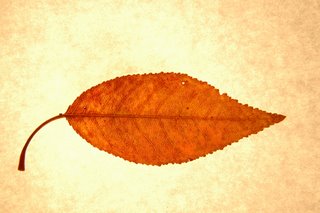Shooting perfectly in Manual mode
The Nikon D70 and the Nikon D70s both share the same settings on the mode dial. The setting that I would like to discuss today is the manual setting, or the “M”. This mode on the Nikon D70s is simply that, when it comes to the F-stop or the shutter speed. The focus system is still the same in its workings.
Once the Nikon camera is placed in the M mode you can see how the image will come out. This is done using the read out in the view finder. By pressing the shutter release half way down you can see the read out just below the image you are shooting. The read out that I am referring to is a bar graph that is read from the center to the left or the right. The center is a perfect shot, when we talk about the under exposed or the over exposed image.
Like I said, when it is centered the image will be fine. If the readout shows bars in either the left or the right than it will be either under or over exposed to the degree of the bars shown. The idea here is to adjust the settings on the Nikon D70 and the Nikon D70s to center the bars to the center, or the perfect image exposure.
The settings that can move the exposure to the center is the shutter speed dial and the F-stop dial. These are both on the right side of the camera, as you hold it. The shutter speed is to the front, and the F-stop is to the back. Watch the bars as you turn either of these dials, and watch as the bars move from one place to another.
The idea here is to set the F-stop where you think it will be best (for the image you are shooting) and then adjust the shutter speed until the bars are in the center of the read out. When it comes to the perfect F-stop one needs to think about the focus elements. What this means is that you must decide if you want the background in focus, or out of focus, in the image that you are shooting. The smaller the F-stop (2.8, 4, 5.6) the thinner the focal plane, or the depth of field, will be. This means that the closest object only will be in focus. The larger the F-stop (22 and so) the larger the depth of field, and everything will be in focus.
So, the ideal shot might look something like this….The Nikon D-70 or the Nikon D-70s is put into manual mode. If you are shooting a portrait of a cute person and you want only this person in focus. You really want to blow out the background out of focus, so you decide to use a small F-stop, perhaps a 5.6 or smaller. Next, look at the read out through the view finder, push the shutter release down half way (while pointing at the subject) and pay attention to where the bars are reading. This is acting as a light meter by the way, which is way cool!
The next thing that you will want to do is adjust the shutter speed (faster or slower as needed) until the bars are centered on the read out. The next thing to look out for is that the shutter speed may be real low (or slow) and you will need to use a tripod, as you know. This is something to look out for, but odds are that you are already using a tripod anyway if you are doing a portrait.
All of this can be done in a second or two, and will be second nature in two shots! This is the best way to get perfect shots, and in more than one way. These ways are that if you use auto mode, you will not get to choose the shutter speed nor the F-stop, so you can’t get the desired effect with relationship to blur. Also, this whole thing works with setting the shutter speed first, then adjusting the F-stop to match.
The Nikon D70 and the Nikon D-70s are sold as completely automatic digital cameras that can do it all for you. But, as you get better and better in the digital photography realm, you will want to change this or that thing in your image. You will want your image either under exposed or over exposed a little, to get a cool effect. The manual mode of the Nikon digital cameras is the fastest and the best all around way to do this. This is just one reason that you will love shooting in the manual mode. You will soon like this better than the auto mode, if you can appreciate a built in light meter!
This is something that you will want to practice for a while to get good at it. Try inside and outside too, because the read out will be a different reading, and it will work slightly different. In the near future I want to talk about the A, S, and the P modes of your Nikon digital camera. Please feel free to read all of my other blogs, which contain lesson 1 through 3, as well as all of my other blogs. My website for photography is
http://www.steveramsdell.com/ and my other site is
http://www.samedayguitar.com/ , and please be sure to read and enjoy them both! Untill next time, keep shooting!!!!



